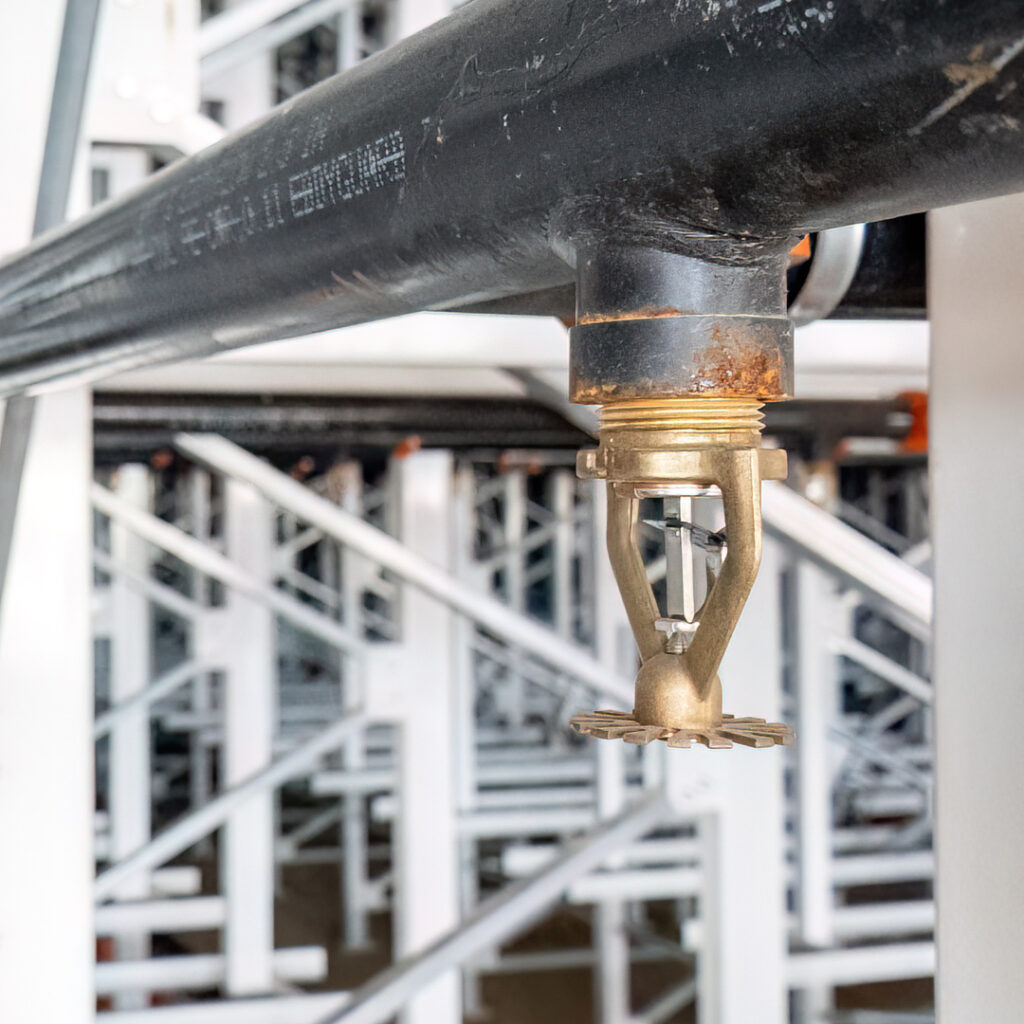A good fire sprinkler system doesn’t just meet code — it saves lives, protects your assets, and keeps your business moving even after the unthinkable. But the real question is: how does it all work?
If you’re a building owner, facilities manager, or GC, here’s the behind-the-scenes look at fire sprinkler installation — and why getting it right the first time matters more than ever.
Step 1: Site Assessment & Code Review
Before a single pipe is laid, our team starts with a full walkthrough of your building. We’re not just counting square footage — we’re looking at:
- Building occupancy and layout
- Water supply availability
- Fire load risks (kitchens, chemicals, storage)
- Local codes and NFPA fire code compliance
Each city has its quirks. In Memphis, Nashville, and Orlando, AHJs (Authorities Having Jurisdiction) may require different documentation, permits, and inspection steps. That’s where our team shines — we’ve done it all, and we don’t miss a detail.
Step 2: Sprinkler System Design
Once we know the risks, we build a system that fits — not one that’s just copy-pasted from a handbook.
Our NICET-certified design team creates detailed blueprints using 3D CAD software, making sure every head, valve, and riser is right where it needs to be. We’ll specify:
- Type of system (wet, dry, pre-action, deluge)
- Sprinkler head types and placement
- Hydraulic calculations
- Integration with alarms and pumps
All of this gets submitted for approval before we install a single fitting. It’s precise. It’s thorough. It’s the Ironsmith way.
Step 3: Installation by Certified Technicians
With approvals in hand, our crew gets to work. And when we say crew — we mean licensed, trained professionals who know their way around a job site.
Whether it’s a new build or retrofit, we coordinate with your GC, plumbers, electricians, and subs to avoid delays. Our focus:
- Pipe routing (overhead, in-ceiling, or sidewall)
- Head positioning (to maximize coverage and stay out of the way)
- Installing valves, gauges, and tamper switches
- System integrity and seismic bracing
We don’t leave loose ends. We double-check everything before moving to the next phase.
Step 4: Testing & Final Inspection
Now the system’s in — but it’s not “done” until it’s passed every test.
We’ll run hydrostatic tests, check alarms, and flow water through every critical line to verify performance. Then we schedule inspections with the local AHJ to certify the system is fully compliant.
Need ongoing service? We also offer fire maintenance services and inspection plans so you stay covered long after the job’s done.
Why It Matters: More Than Just Pipes and Pressure
Fire sprinkler installation isn’t just about getting water to the ceiling. It’s about:
- Protecting lives and inventory
- Limiting downtime
- Meeting insurance and legal requirements
- Future-proofing your building
Cutting corners here costs more than money. That’s why Ironsmith Fire doesn’t just install — we engineer protection.
Whether it’s a distribution center in Orlando, a high-rise in Nashville, or a historical building in Memphis, our team brings the skill and experience to do it right.
Ready to Upgrade or Install a Fire Sprinkler System?
Let Ironsmith Fire handle the heavy lifting — design, install, inspect, and maintain. We’re your one-stop shop for fire sprinkler installation in Memphis, Nashville, Orlando, and nationwide.
Request a Quote today and see why the fastest-growing businesses trust us with their fire protection systems.stems.

